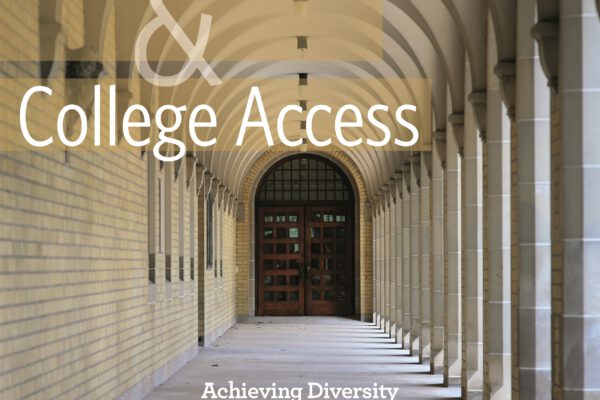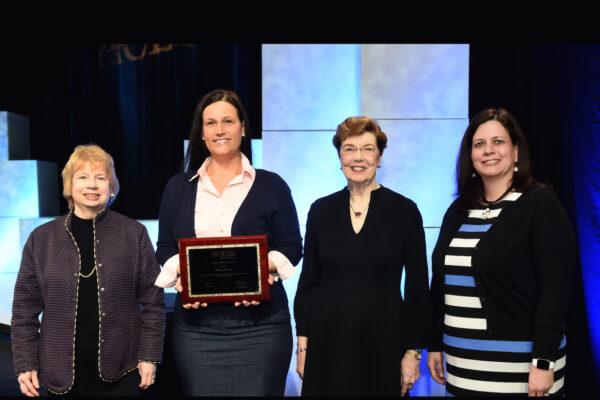By Jon Riskind

As ACE prepares to celebrate its centennial in 2018, this is one in an occasional series of posts that look at how ACE initiatives have left an impression on the higher education landscape and impacted peoples’ lives.
When she was just a junior in high school, a serious car accident prevented Janna Hasko-Dunagan of Tucson, AZ from gaining her high school diploma and pursuing a postsecondary education. She found herself working two low-wage jobs and barely able to cope with the daily grind.
But then she convinced herself to take night classes and prepare to take the GED® test. Earning her GED® was, she decided, “the way I could prove to myself that I could still achieve my dreams.”
Today, nearly two decades later, she is a college graduate pursuing a doctorate in Special Education with a focus in Deaf Education.
“Each obstacle, fear, and, challenge have led me to today,” Hasko-Dunagan says. “I would never have had this opportunity if I did not overcome my fear of failure by taking the first step with my GED.”
Hers is just one of millions of lives impacted by the GED. Most people have heard of the GED, but many might not know that it was created by ACE in 1942, after the United States Armed Forces Institute approached ACE with a request to develop tests to measure high school-level academic skills. These were referred to as “tests of general educational development” and eventually became known as the GED tests.
Passing the GED test provided returning soldiers the academic credentials they needed to obtain civilian jobs or entrance into postsecondary education institutions after the war. Working in tandem with the Servicemen’s Readjustment Act (more commonly known as the GI Bill of Rights), the GED test helped facilitate a smooth transition for many of the nearly 10 million World War II veterans who had not completed high school and were now returning home after demobilization following the war.
In 1947, the GED test was expanded to non-veteran adult civilians. In the 1970s, the application of the test was further expanded when at the request of the federal government ACE lowered the minimum age requirement for taking the GED test so that teenage high school dropouts could now take it.
Roughly 20 million people so far have earned the GED® credential. More than 3,200 official GED testing centers operate nationwide in adult education centers, community colleges, and public schools.
In March 2011, ACE announced a joint venture with Pearson to create the GED Testing Service with the goal of producing an online GED test that would assure colleges, universities, and prospective employers that adults who have passed the GED tests are prepared to compete and succeed in a global economy.
The new, comprehensive GED® program was a critical step forward in ACE’s efforts to expand the pipeline of learners who are prepared for college-level work. Now, when students score within GED® College Ready or GED® College Ready + Credit score levels, it can put them on a path to easier transition to college and career training.
Sierra Johnson of Hendersonville, NC, says the GED® has put her on a path to be a physician’s assistant. Now working on her associate’s in science degree, Johnson plans to transfer to a four-year institution to achieve that goal.
“Most people are in the dark about the possibilities with a GED and believe it’s not as good as a high school diploma, but I say just take it one degree at a time,” Johnson said. “Who knows, maybe I’ll go all the way and end up getting my PhD! The possibilities are endless. Earning my GED was just the first step to a promising future.”
If you have any questions or comments about this blog post, please contact us.


